
There are people out there who don't want you to enjoy eating. You know who they are – the carb-averse, all fat-fearing folks consumed with diets and detox. Maria Speck, author of the beautiful new cookbook, Ancient Grains for Modern Meals
, is not of them.
In her introduction, Speck, in her refreshingly direct tone says, "Almost every conversation about my passion for whole grains evoked this well-meaning remark: 'Your diet must be very healthy.' This comment always leaves me speechless, because health is the last thing on my mind when I eat."
What is on her mind is cooking with unprocessed, real foods – fruits, vegetables, meats, and whole grains -- that are full of flavor and which happen to be healthy. Speck began eating whole grains while growing up in Greece and Germany. As a kid, she noshed on oats, wheat berries, and bulgur and as an adult has committed herself to exploring their delicious potential.
In the first section of Ancient Grains for Modern Meals, Speck describes a wide variety of whole grains from prosaic grits and rice to more exotic kamut and farro. She tells you how to buy, store, and cook with whole grains, and even provides a helpful table with measurements and cooking times.

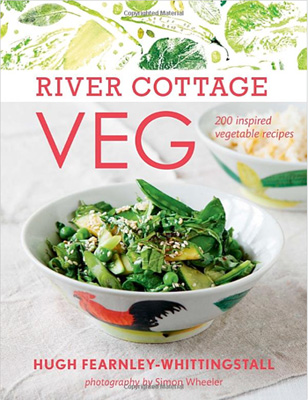 Late at night, after I’ve spent an entire day fooling around with vegetables, what do I do but curl up on the couch with a book about—vegetables! My new favorite cookbook is
Late at night, after I’ve spent an entire day fooling around with vegetables, what do I do but curl up on the couch with a book about—vegetables! My new favorite cookbook is 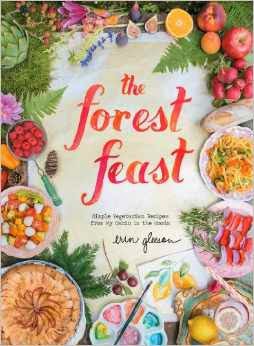
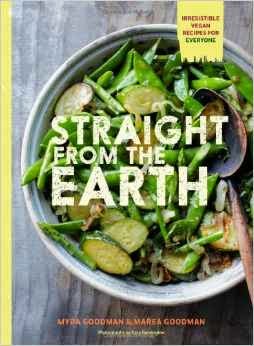
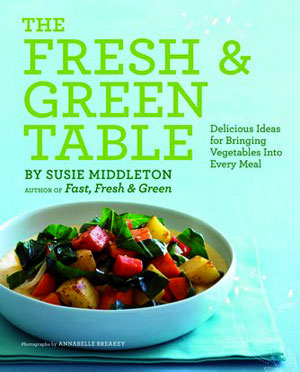
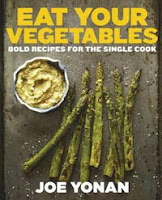
 River Cottage Veg: 200 Inspired Vegetable Recipes
River Cottage Veg: 200 Inspired Vegetable Recipes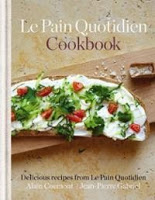 Le Pain Quotidien
Le Pain Quotidien
